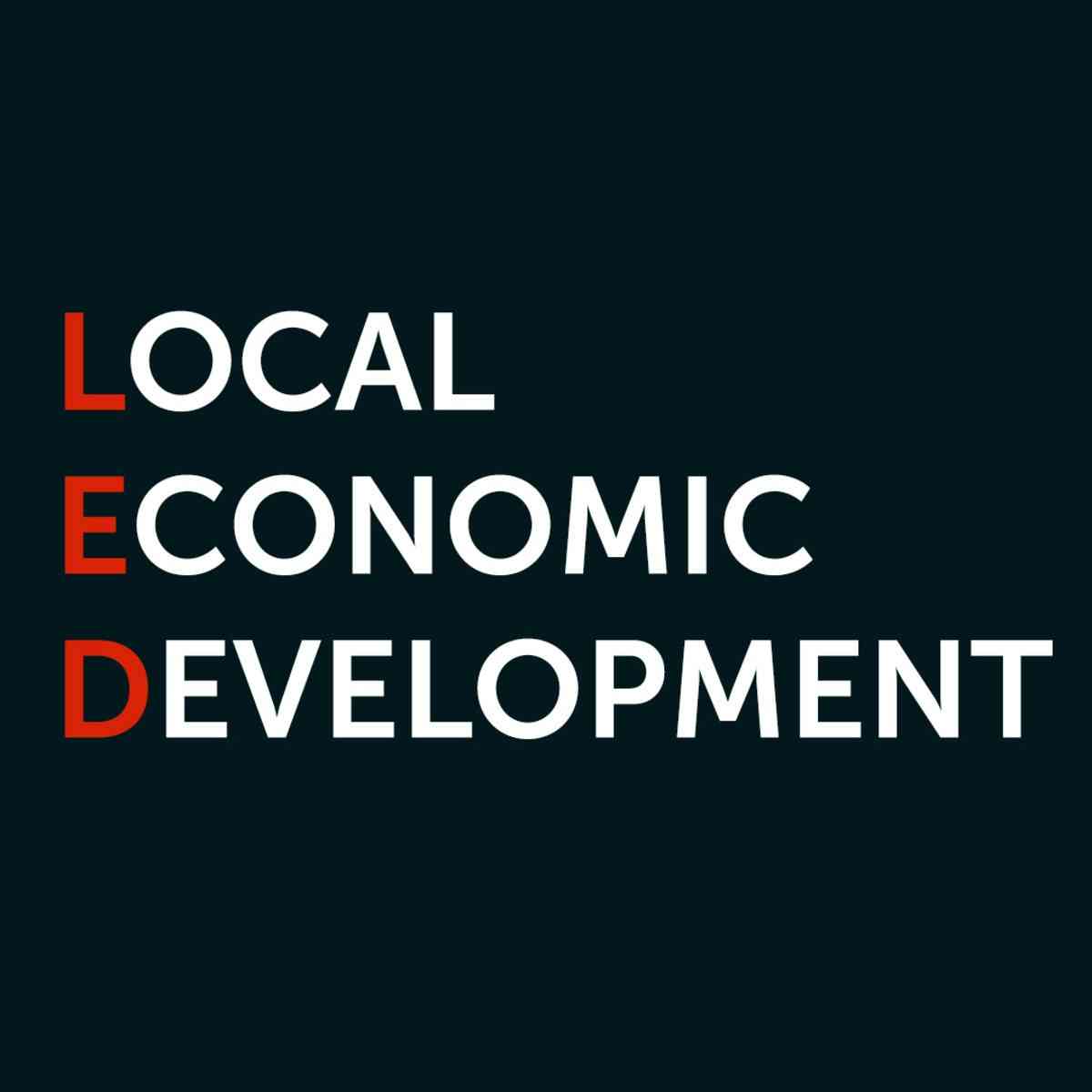
According to the Reserve Bank of Zimbabwe, Financial Inclusion means that individuals and businesses have access to useful and affordable financial products and services that meet their needs — transactions, payments, savings, credit and insurance delivered responsibly and sustainably.
Financial Inclusion is a key enabler to the achievement of the Sustainable Development Goals (SDGs) which are a universal call to action to end poverty, protect the planet and ensure that all people enjoy peace and prosperity by 2030.
The 2021 FinScope Consumer Survey revealed that 23% of Zimbabwe’s adult population was financially excluded.
The survey also highlighted that about 70% of Zimbabwe’s adult population did not have any form of insurance, indicating that financial inclusion in the insurance sector was a challenge.
Of this 70% adult population, the majority are women and 57% of them are the owners of small businesses.
In the case of insurance activity, financial inclusion focuses on allowing lower-income groups of society to gain access to the products that enable them to protect their life, health, and assets through the savings and loss compensation processes that are an inherent part of insurance products.
The insurance penetration rate in Zimbabwe has been gradually declining between 2010 and 2021 with a vast population of low-income as well as micro and small businesses generally not covered.
The insurance penetration rate declined from above 6% in 2010 to 1.7% in 2021.
- Mavhunga puts DeMbare into Chibuku quarterfinals
- Bulls to charge into Zimbabwe gold stocks
- Ndiraya concerned as goals dry up
- Letters: How solar power is transforming African farms
Keep Reading
The various reasons for the low level of insurance penetration include low levels of insurance awareness; a large underserved population of both individuals and MSMEs; failure to recognize critical sectors such as agriculture insurance; gaps in data and skills, and limited innovation and adoption of technology.
In addition, the insurance sector continues to grapple with low confidence emanating from the two successive periods of loss in value owing to the unintended consequences of the 2009 and 2019 currency reforms.
This has a negative impact on the uptake of insurance products as the public views these modes of risk financing as unreliable.
It has been noted that financial literacy positively improves financial inclusion.
There is a need for the government to consider increasing the number of training institutions offering both technical and educational training in insurance and related fields.
The government can consider introducing a financing strategy for specialised skills within the insurance sector, for example, an actuarial financing strategy that involves setting aside a fund for capacity building. There is a need to integrate the insurance skills agenda into the entire educational infrastructure for long-term outcomes.
Introduction of mandatory agriculture insurance
Government can put in place a framework where beneficiaries of the government-funded agricultural loan facility are mandated to be insured for both livestock and crops.
Agriculture insurance requires long-term investment and therefore stakeholders and government must ensure its sustainability through a prudent financing approach dependent on the selected types of agriculture insurance, which include Weather-based index, Area-yield Index Insurance and hybrid.
Government can enhance the partnership between various stakeholders such as MNOs, government, donors, consultants and cooperatives among others to achieve desired outcomes from agriculture Insurance.
Creating a stable macroeconomic environment
The insurance companies in Zimbabwe have largely relied on traditional products and taken on relatively conservative risks for their insurance portfolios.
Most companies currently lack the strategies and expertise to adapt their business models to customers or areas with little access to insurance.
There is a need for the government to play a proactive role in providing a stable macroeconomic environment and developing policy that supports the access and uptake of insurance.
The government needs to create a stable operating environment characterised by a stable exchange rate and low inflation rates for the industry to effectively contribute to economic growth and employment creation.
Policy consistency
Insurance products update has decreased because consumers have lost confidence in the sector because of policy inconsistency.
To restore confidence and build public trust in long-term insurance products that promote gross savings, it is recommended that the government issues unequivocal guarantees that the United States dollar-denominated policies that insurers are selling will remain as such into the future.
Introduction of microinsurance products
Microinsurance products are intended for people, families, and businesses that fall within the low-income segment of the population.
Microinsurance products must be supported by modern technology to achieve significant reductions in transaction costs, consequently making them viable for the population for which they are intended.
New technologies are dramatically changing the landscape for insurance around the world and enabling insurers to reach new mass market segments as explained below.
- New data sources and analytical tools are changing risk models by enabling new ways to create, capture, and analyze valuable information that can help insurers better calculate and manage the risk associated with customers.
- Machine learning applied to satellite imagery is changing agricultural and disaster insurance, allowing for more sophisticated claims management, and even facilitating pre-loss payments that can help minimize the cost of a disaster before it is full-blown.
- The expansion of identity solutions and onboarding options is lowering operations costs and enhancing convenience.
The following products can also be considered for our market.
Property insurance: This can be extremely useful for the low-income population, as it offers protection against damage to homes, business inventories, or even farming and livestock equipment, which tend to be stored in homes or adjacent structures.
Typical policies cover fire and water damage and damage caused by humans, such as during riots. As with other forms of microinsurance, limits on premiums and insured sums are determined in consideration of the groups of the low-income population for which the policies are intended.
Agricultural insurance: Agricultural microinsurance has evolved considerably due to greater government participation and the use of indices to define coverage.
Index-based agricultural microinsurance is an alternative to traditional indemnity insurance, in which indemnification is paid based on the actual loss incurred by the policyholder, which must be assessed individually.
In the case of index-based insurance, compensation is paid to policyholders automatically if it remains within the limits of the parameters established in the contract.
Health microinsurance: is one of the insurance products with the highest demand from low-income families, although it continues to have the lowest levels of penetration and highest levels of difficulty in implementation.
The most common modalities are those that offer daily compensation in case of hospitalization.
These innovations can help the insurance industry transform from a passive risk-transmission industry into an active risk mitigation and advisory partner for individuals, businesses, and governments. While mobile insurance products have already broken important new ground, there is a much broader array of more recent innovations paving the way for growth.
Optimum regulation
Regulation should reduce transaction costs, and ensure the products benefit the target population while allowing the insurers to make a profit.
Therefore, regulation should address issues relating to the need for the insurance industry to develop products that meet the protection needs of low-income populations and obstacles to the launch of new products on the market.
In conclusion, there are many strategies that Zimbabwe can employ to help improve financial inclusion and penetration rates in the insurance sector.
Initiatives should be underpinned by enhancing financial literacy and confidence in the market to promote access and uptake of insurance products.
*Ronald Zvendiya is an independent policy analyst. Feedback: [email protected]
These weekly articles are coordinated by Lovemore Kadenge, an independent consultant, managing consultant of Zawale Consultants (Private) Limited, past president of the Zimbabwe Economics Society and past president of the Chartered Governance & Accountancy Institute in Zimbabwe. Email - [email protected] and mobile No.+263 772 382 852.










